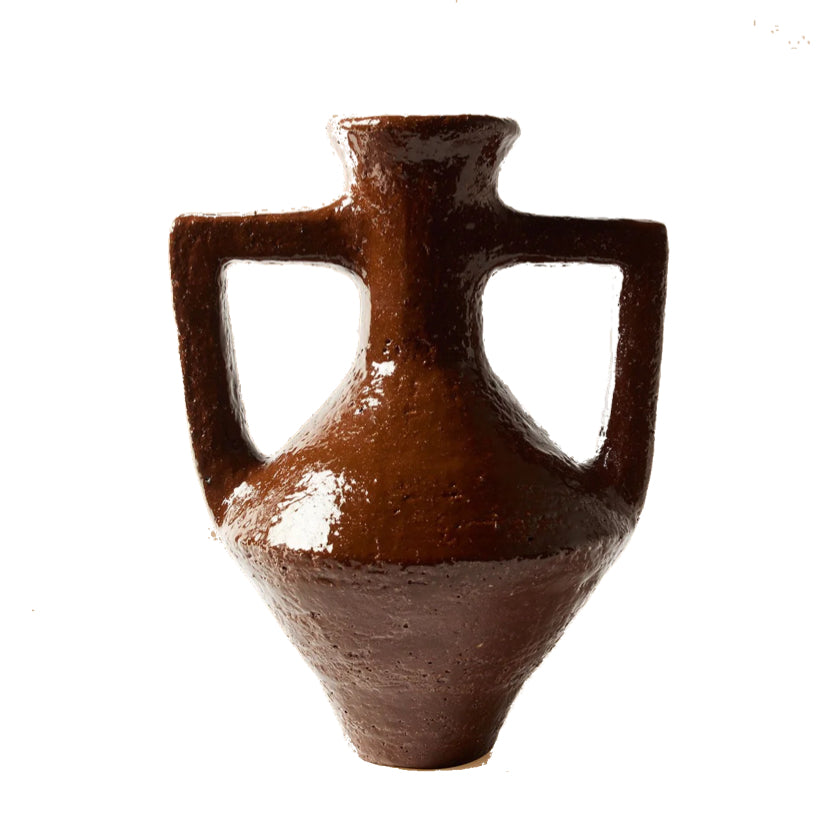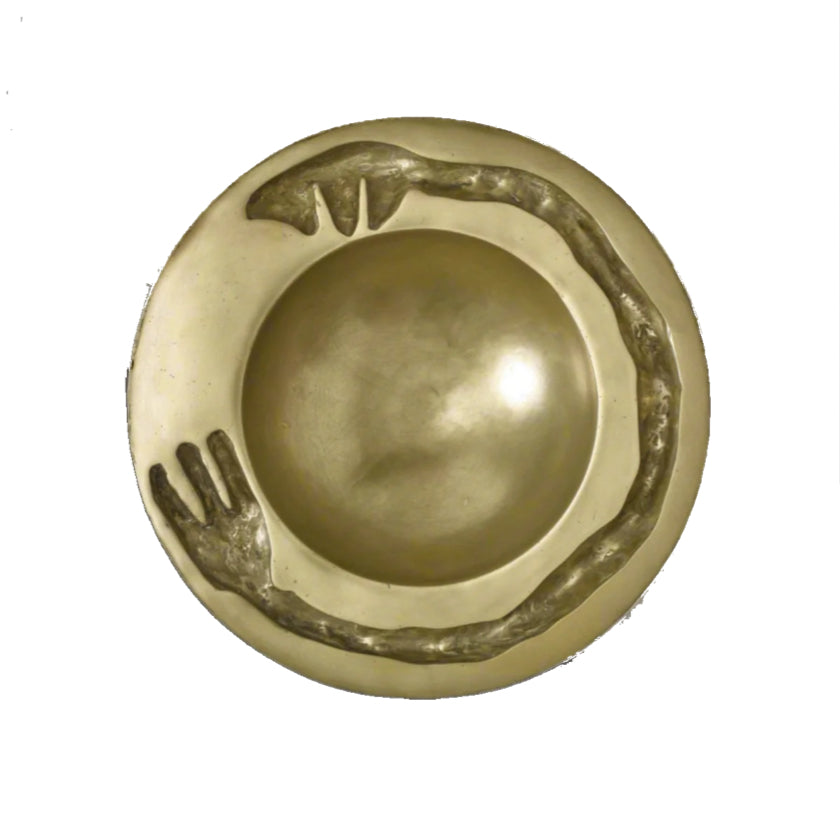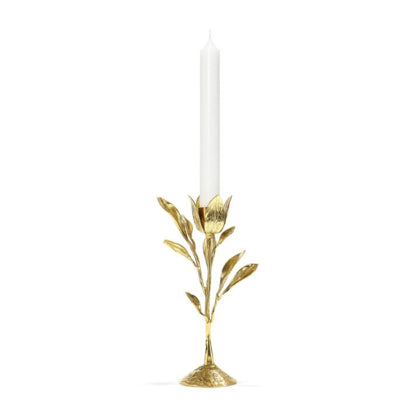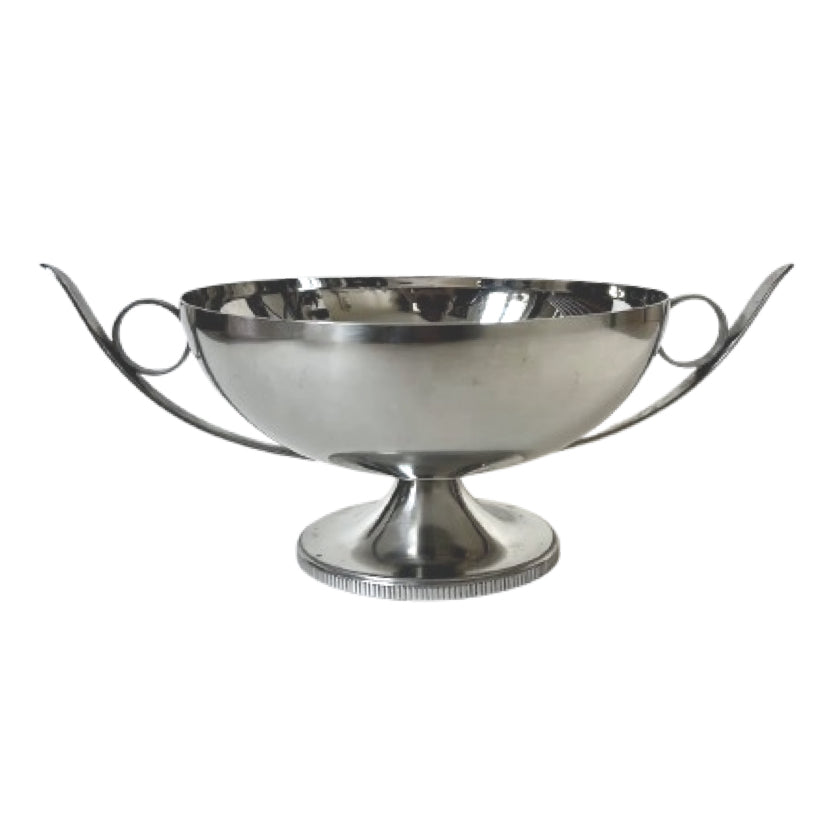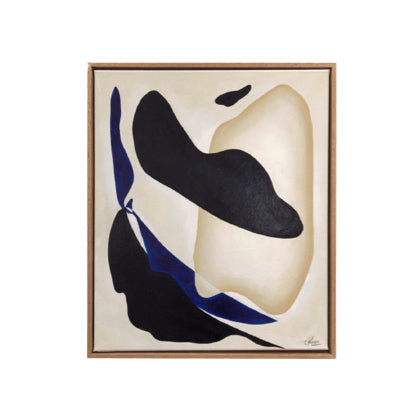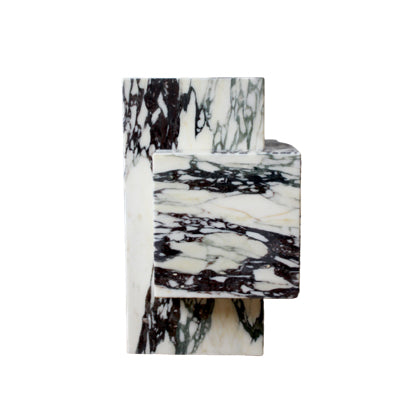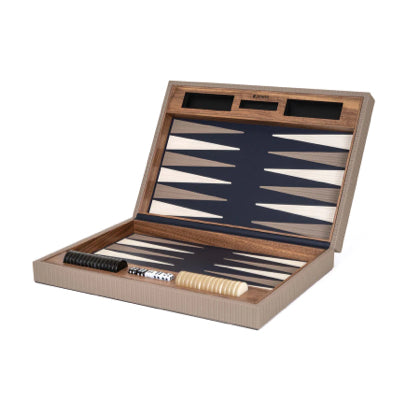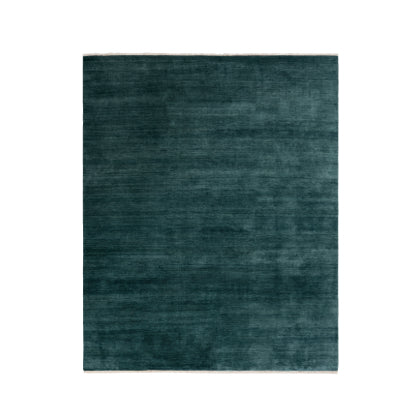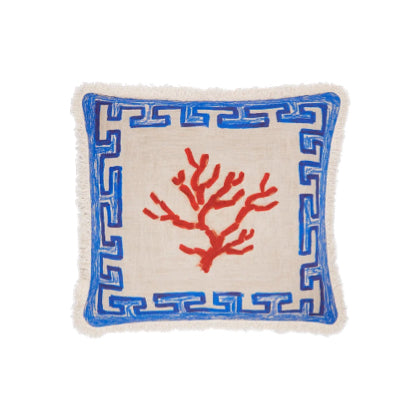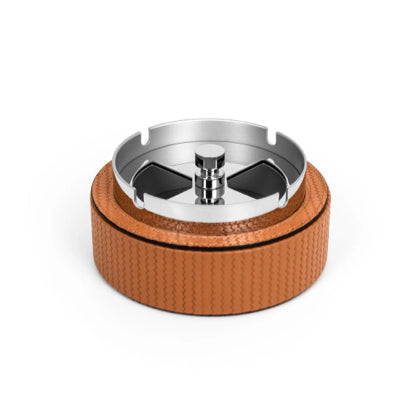Mid century modern dining room chandelier
Understanding the Appeal of the Mid Century Modern Dining Room Chandelier
As you choose from this curated selection, think about how each piece can complement your unique space, especially if you are also considering adding some mid century modern furniture to enhance the overall aesthetic.
What sets this collection apart is its careful selection of pieces that embody the spirit of the mid-century era while remaining versatile for contemporary settings. Each chandelier offers a unique blend of artistry and functionality, allowing homeowners to express their personal style while enjoying the warmth of well-designed lighting. The beauty of these fixtures lies in their ability to blend seamlessly with various décor styles, from minimalist to eclectic.
A hallmark of mid-century modern design is its commitment to craftsmanship and quality. The chandeliers featured here are not just decorative elements; they are functional art pieces that elevate any dining room. They encourage lingering conversation and shared experiences, embodying the philosophy that good design enhances daily life. As you choose from this curated selection, think about how each piece can complement your unique space.
Light fixtures from the mid-century modern era beautifully encapsulate the design ethos of simplicity and functionality. These fixtures often feature clean lines, organic shapes, and a harmonious blend of materials such as metal, wood, and glass. The intent was to create pieces that not only served a practical purpose but also contributed to the overall aesthetic of the space. This design philosophy emphasizes an appreciation for craftsmanship and the beauty of form following function. Many of these light fixtures, with their sculptural qualities, act as focal points in dining areas, illuminating the space while enhancing its character.
Historically, the mid-century modern movement emerged after World War II, a time when people sought new beginnings and innovative design solutions. Light fixtures became a reflection of this cultural shift, embracing new technologies and materials that were previously unavailable. As such, they often showcase bold colors and geometric patterns, creating a sense of vibrancy in homes. Designers like George Nelson and Arne Jacobsen played pivotal roles in this evolution, crafting iconic pieces that are still celebrated today. These fixtures are not just sources of illumination; they are statements of style and personality, bridging the gap between art and utility.

